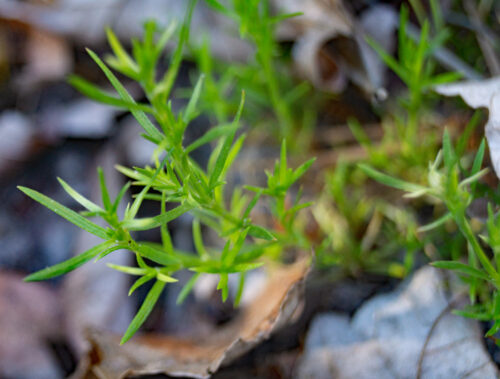
Rustweed

Camphorweed
Carolina Wild Petunia
Yellow Milkwort
Cradle Creek Preserve
Golden Aster Scrub Nature Preserve
Sandhill Milkweed
Blue Toadflax
Split Oak Forest WEA
Sunshine Mimosa
Moonflowers
Indian Blanket
Indian Blanket, Gaillardia-pulchella, is also commonly known as a Firewheel. Indian Blanket flowers are members of the Aster family, grow to 1.5 feet tall and 2 feet wide, and are considered a short-lived perennial or an annual in Florida.
The Indian Blanket can often be spotted near Florida’s coasts on dry land. Since the early 1700s, this flower has been planted along roadsides much to the delight of Floridians and tourists.
A study done by Marlowe & Hufford in 2007 showed the DNA from the Indian Blanket was similar to those found in the more western species. More recent research by Weakley et al. 2020 has shown more evidence that it was likely cultivated rather than naturally spread.
The bright orange, red, and yellow flowers of the Indian Blanket make a beautiful addition to your garden. Butterflies, bees, and wasps are attracted to its pollen. Titmice, chickadees, and warblers enjoy the seeds. Once the flowers dry up, gather seeds by deadheading the plant. Indian Blankets are dormant in the winter.
Photo Credit: Aymee Laurain
Roadside Wildflowers
Florida has many wildflower test sites along roadsides. In the panhandle, including near I10, you can see miles of these sites. These photos were taken off the side of the road in Live Oak, FL. The projects are part of Florida’s roadside plantings and highway beautification programs by the Florida Department of Transportation.
The area has a total of eight planting districts throughout the state, each with different plant species for those areas. These sites serve two major goals; to increase pollinator populations and diversity and to produce native vegetation that negates the need for mowing. The projects were also found to increase safety (Norcini 2014) and provide a great benefit through carbon sequestration (Harrison 2014). Finally, they add the beauty of true Florida that everyone can enjoy. Have you seen any roadside wildflower sites? Tell us about them in the comments.
Photo credits: Aymee Laurain
Butterfly Pea
Spurred Butterfly Pea, Fabaceae (Leguminosae) is a native climbing or twining vine that grows up to 6 feet long. Look for this perennial in the wild throughout Florida in a variety of places including in sandhills, pinelands, and coastal plains.
Butterfly Pea is dormant in the winter and pinkish-purple flowers appear from spring through fall in most of Florida. In the southern counties, it blooms all year-round. Long-tailed skippers and northern cloudywings rely on the Butterfly pea for a host plant.
Ironweed
Ironweed (Vernonia gigantea) is a Florida native and can be a beautiful addition to your wildflower garden. Ironweed grows 3-10 feet tall, can be planted in partial shade or sun, and blooms from July through October. Butterflies, hummingbirds, and bees love this pollinator perennial. As its name suggests, ironweed is a tough plant with deep-set roots and seeds that spread easily in your garden. Be prepared to prune and maintain to keep this beauty in check.
Look for Ironweed growing in the wild where the soil is moist. You may also see this hardy plant along the side of the road or a stream as well as in the woods, prairies, savannas, and grasslands.

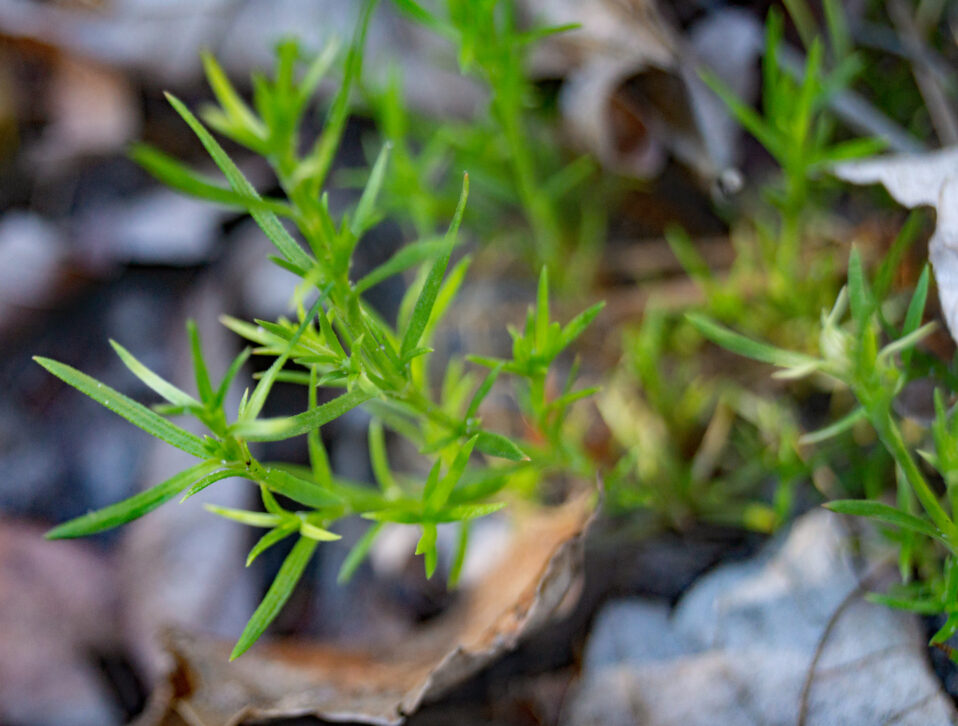
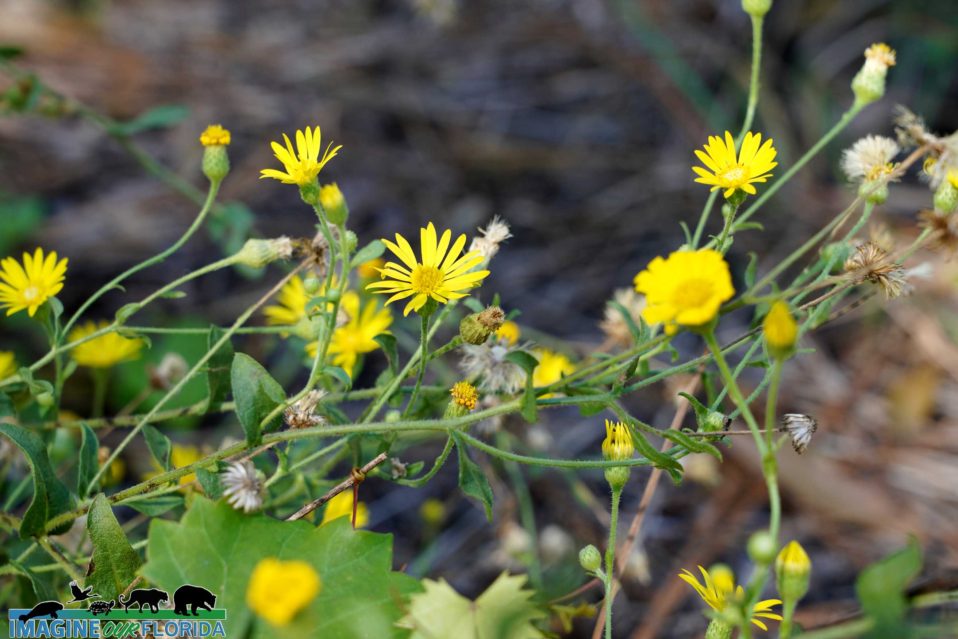
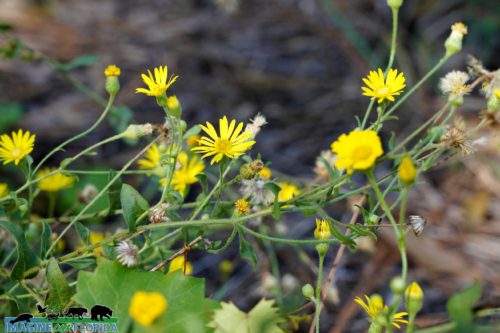
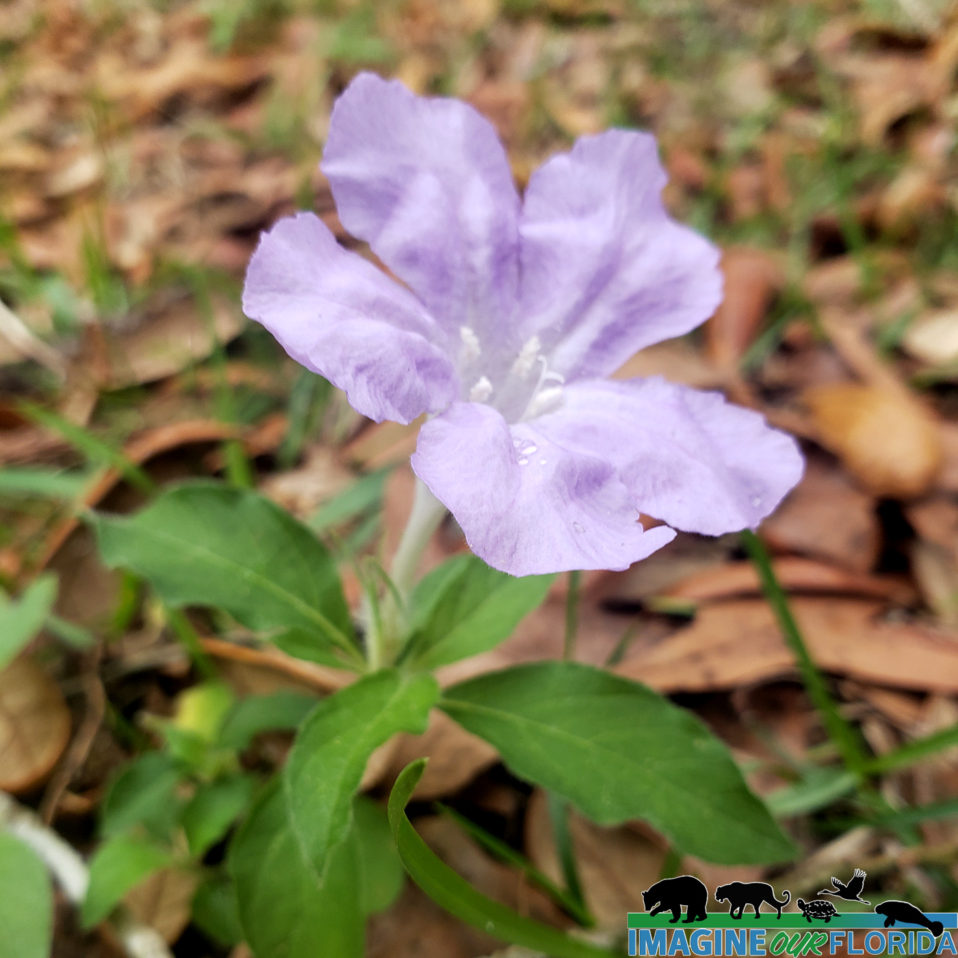
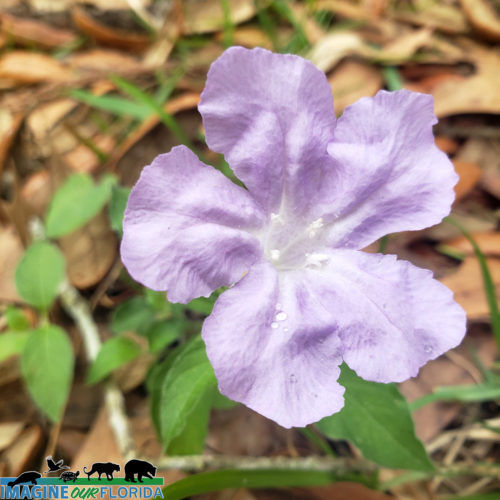
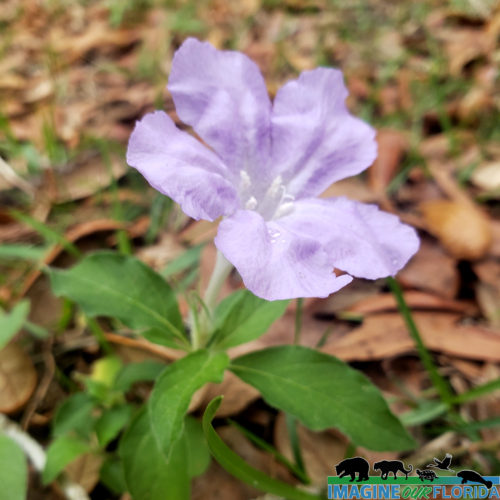
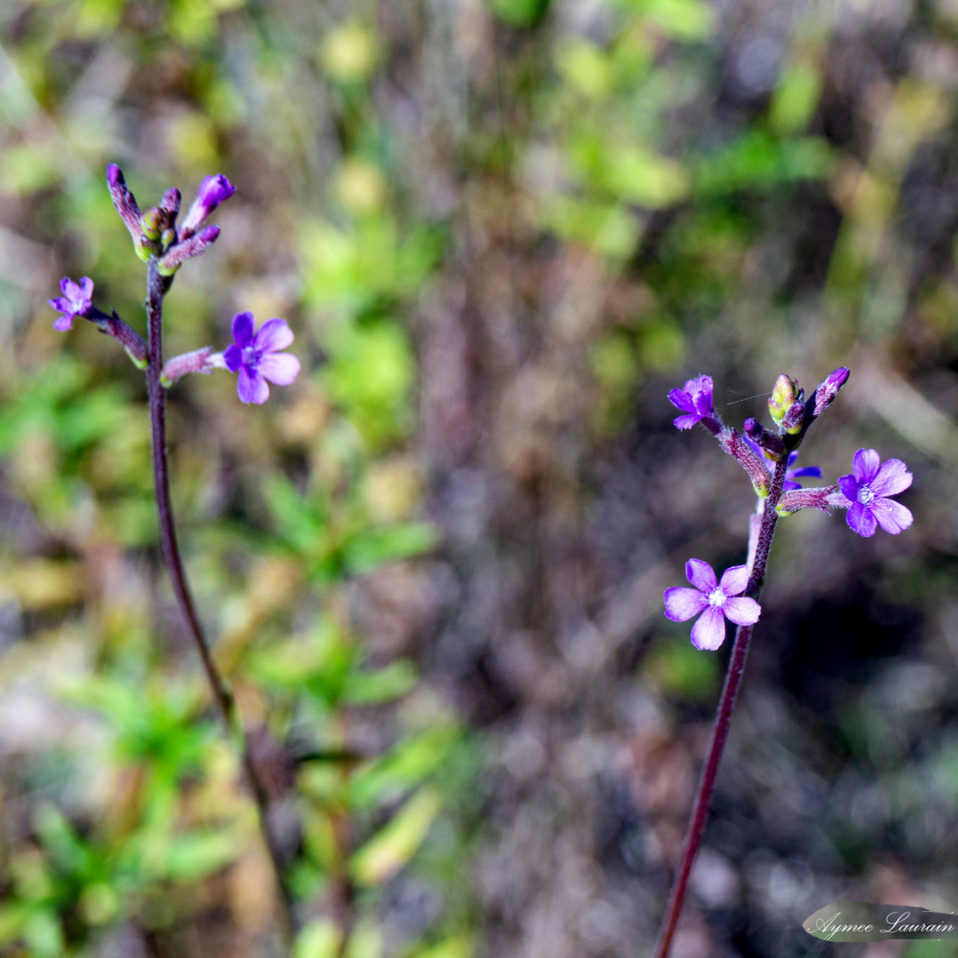
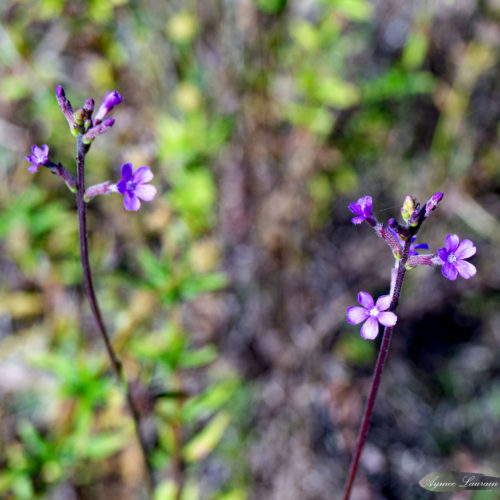
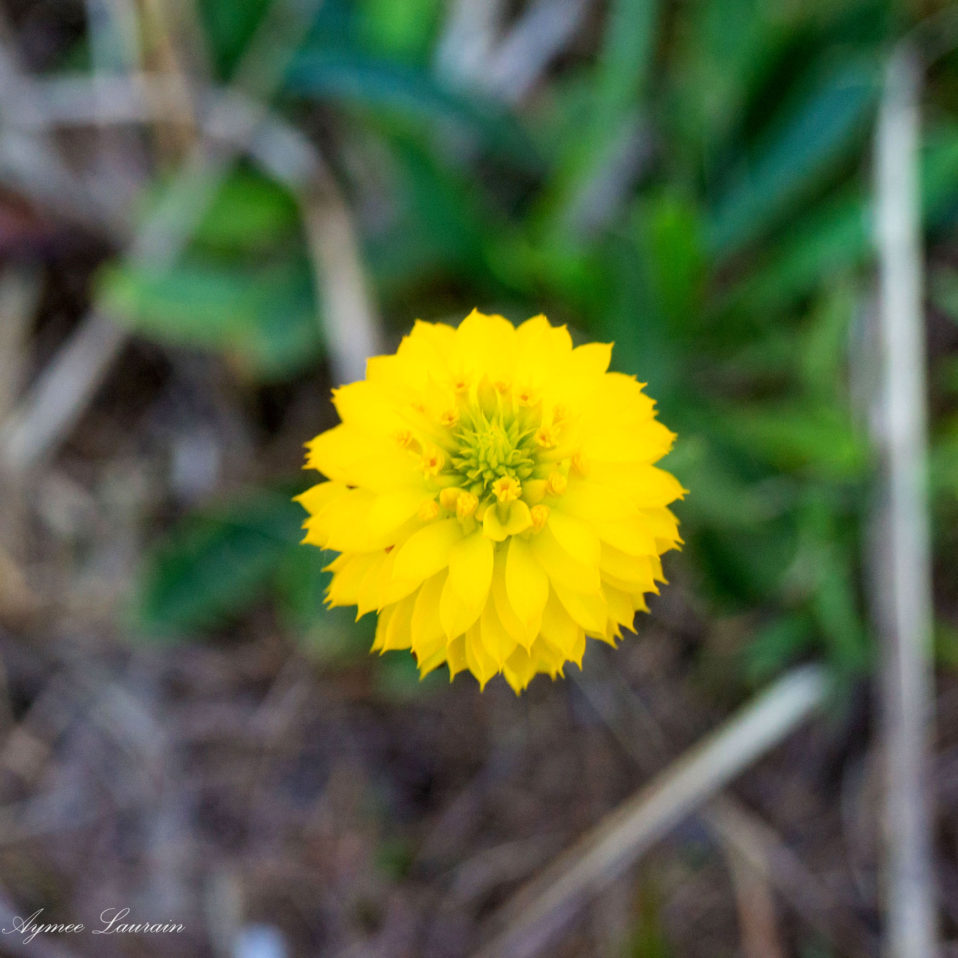
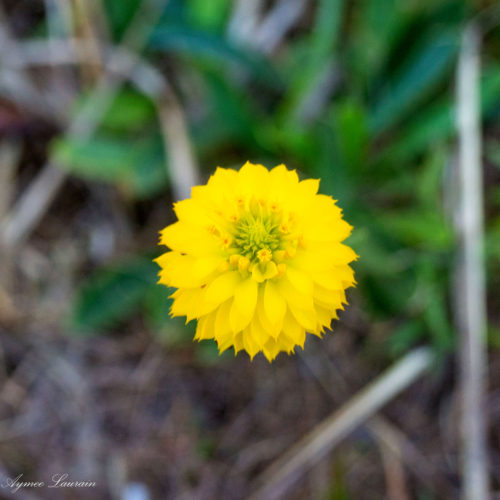
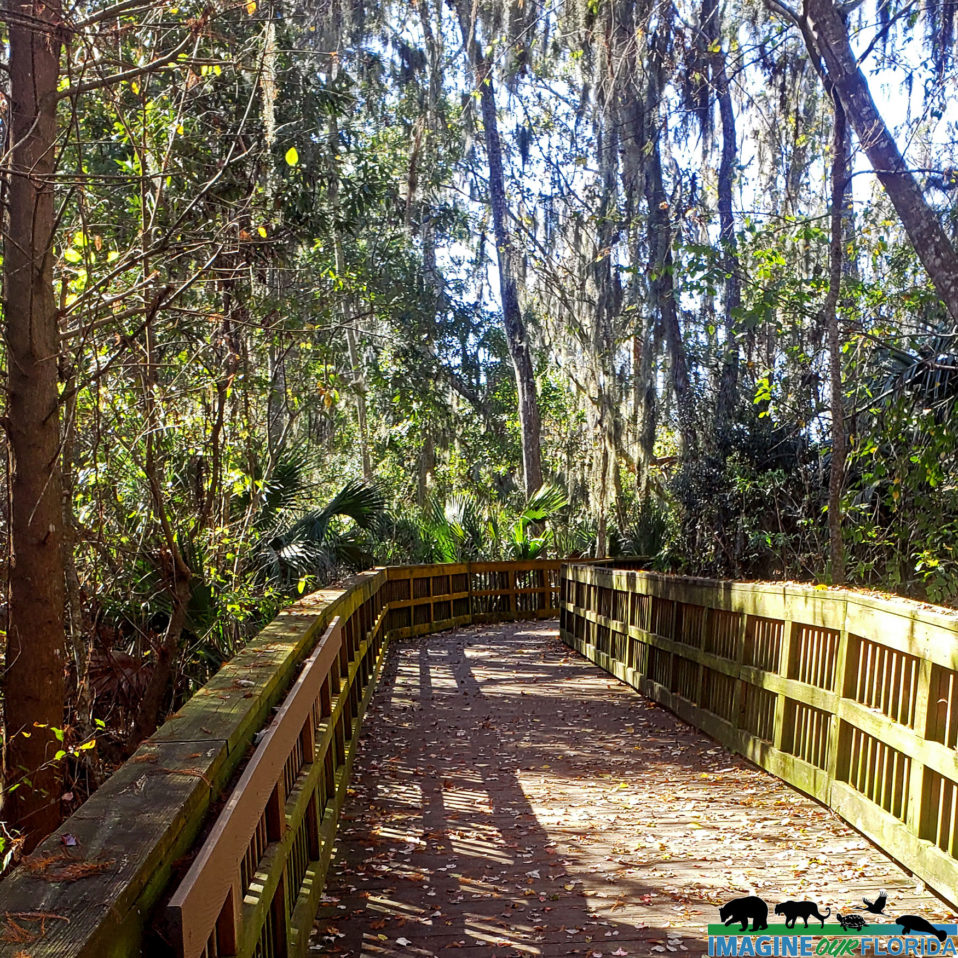
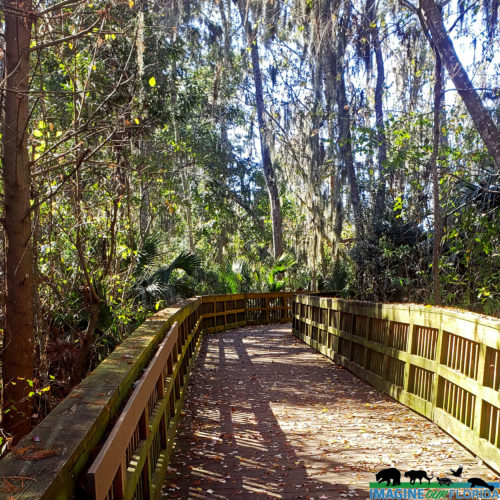
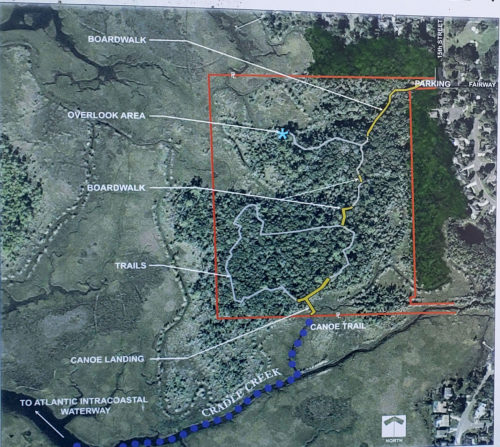
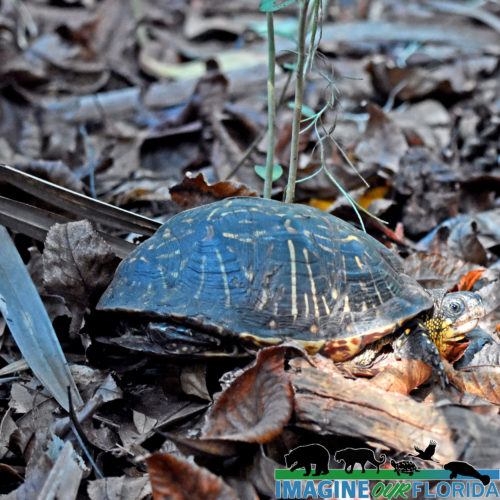
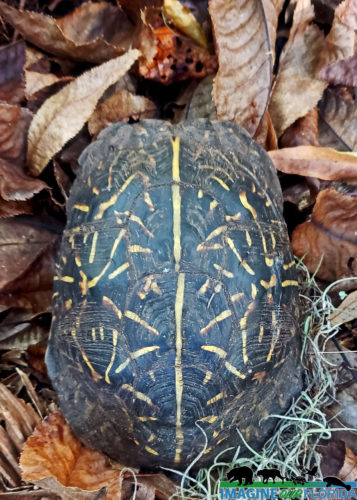
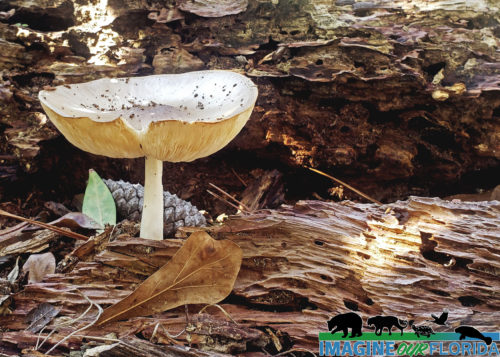
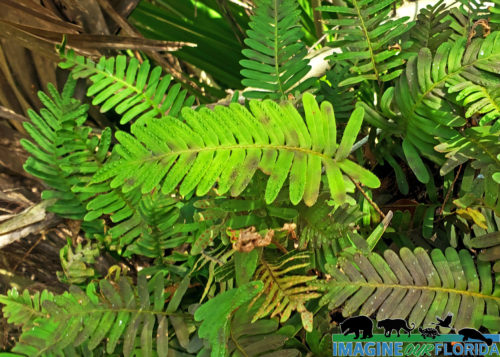
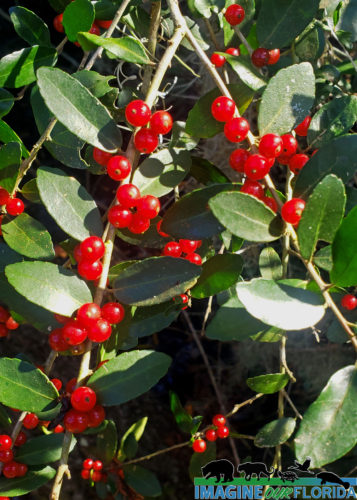
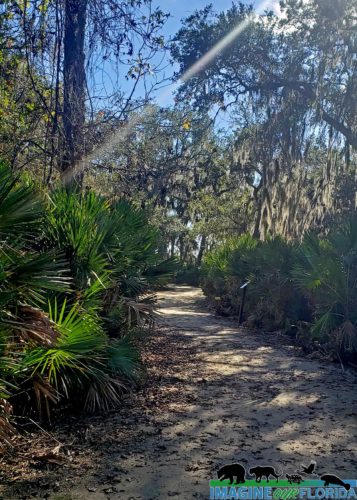
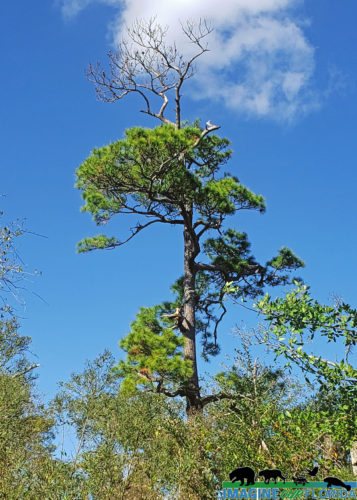
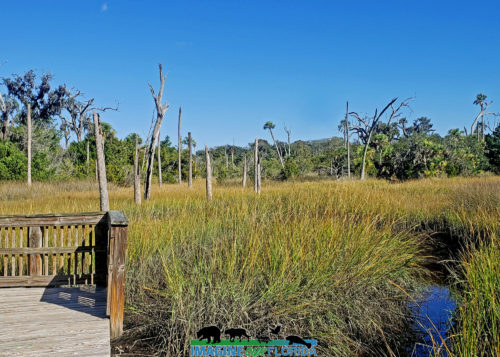
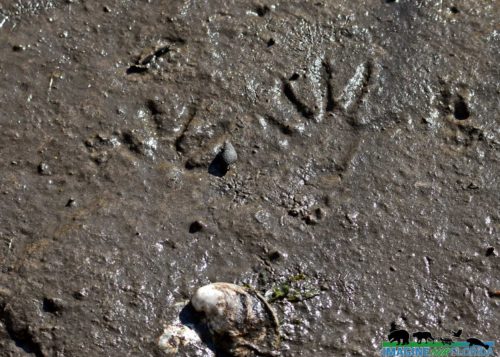
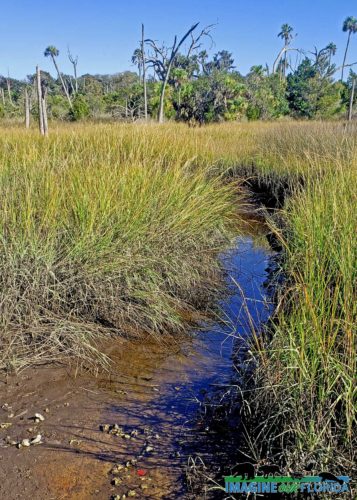
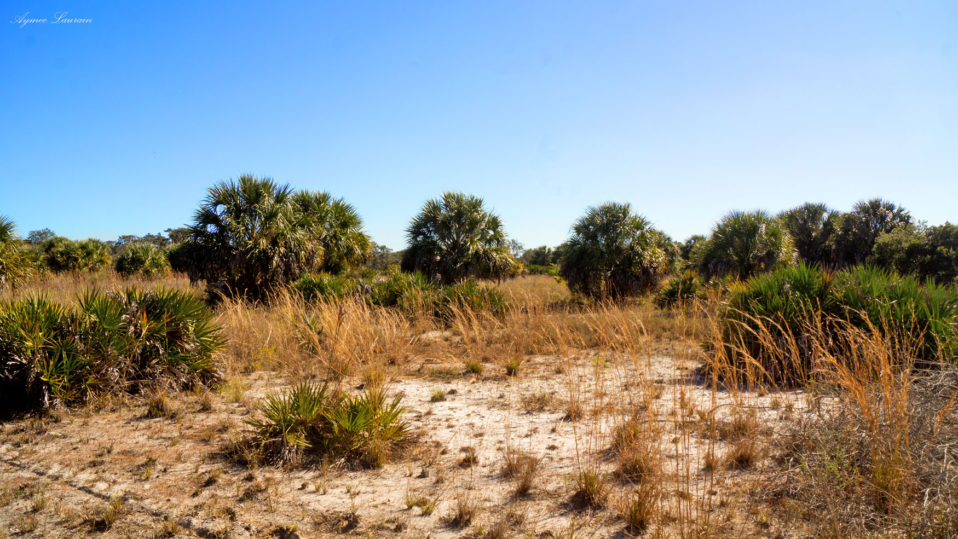
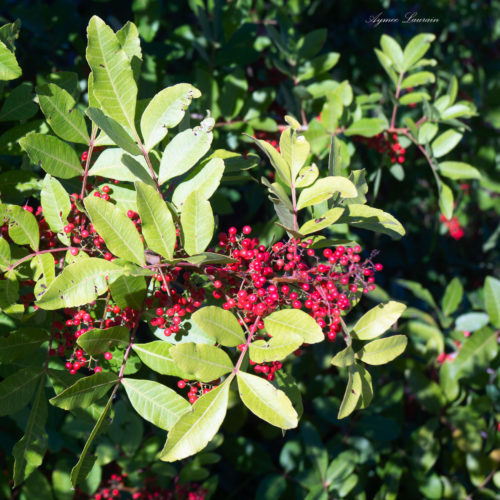
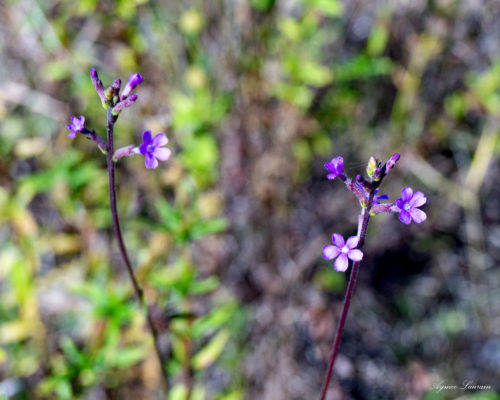
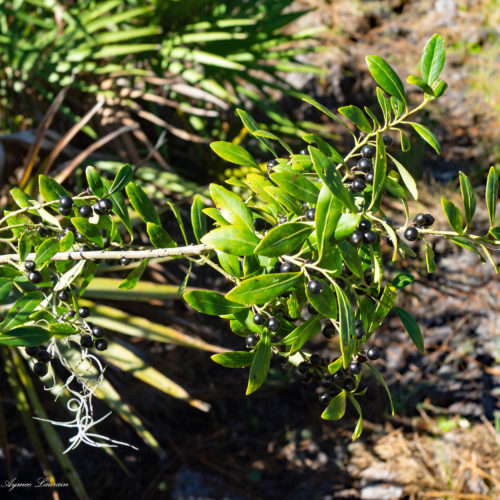
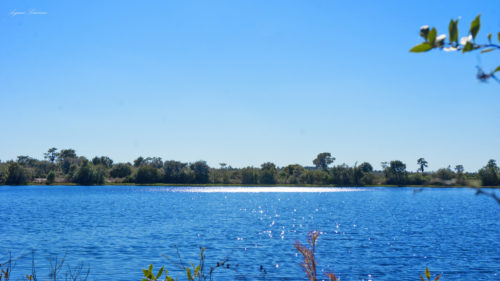
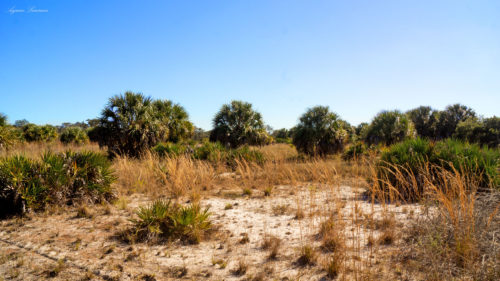
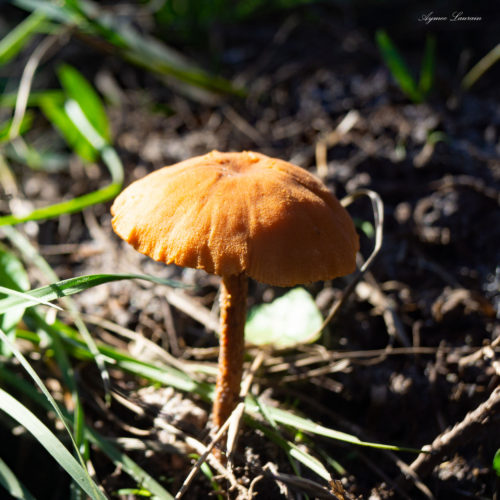
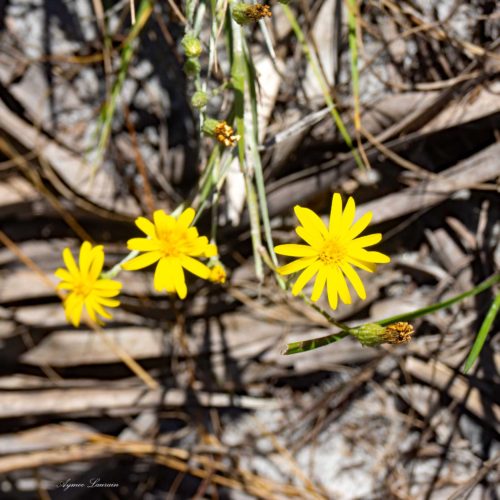
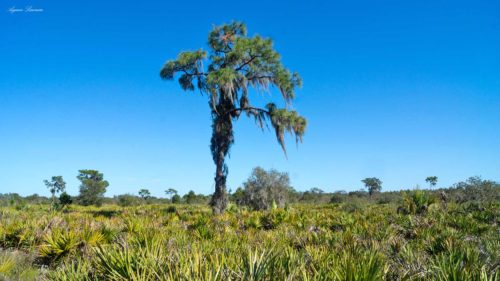
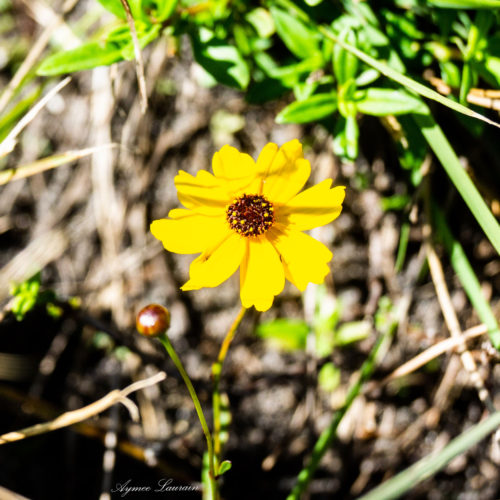
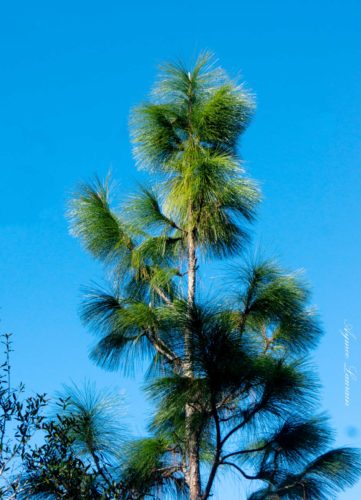
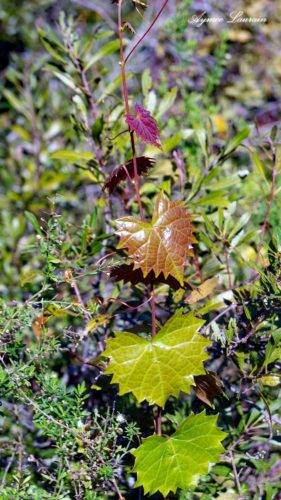
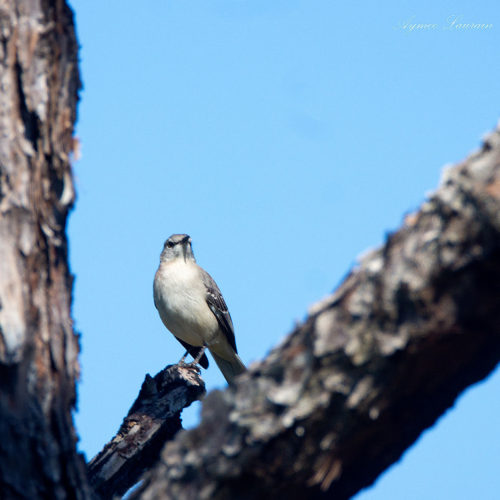
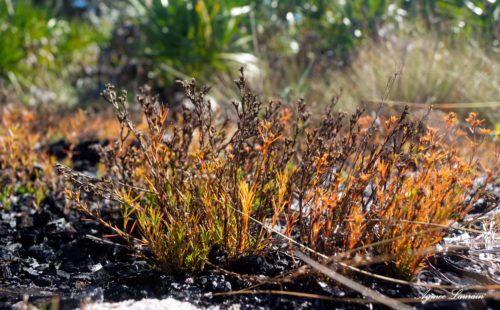
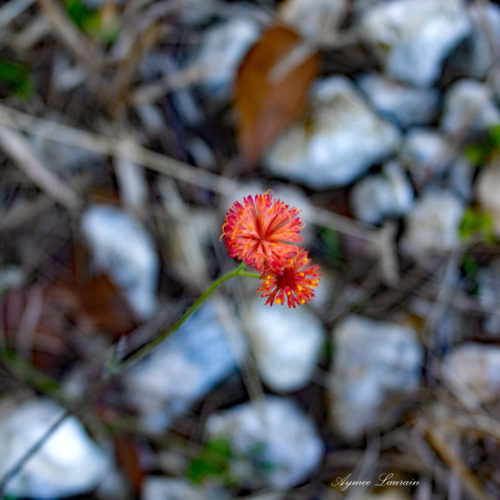
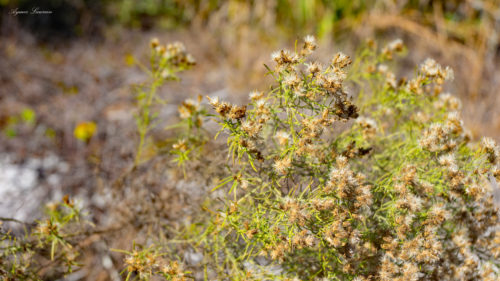
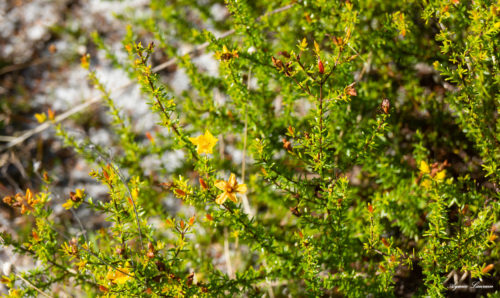
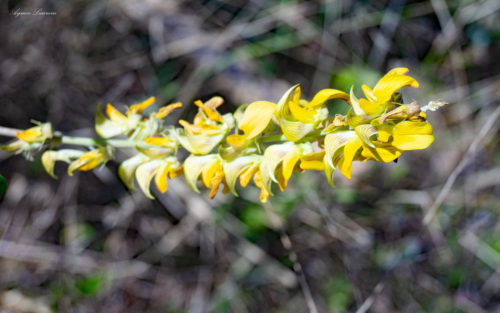
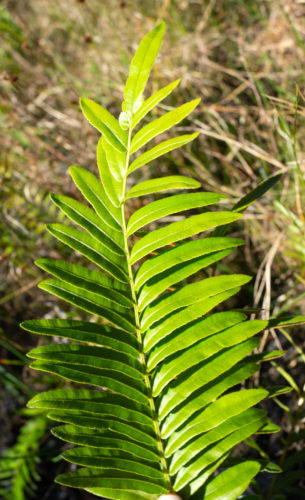
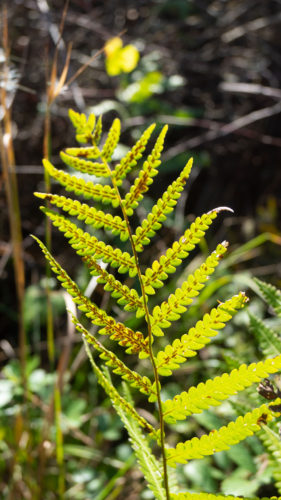

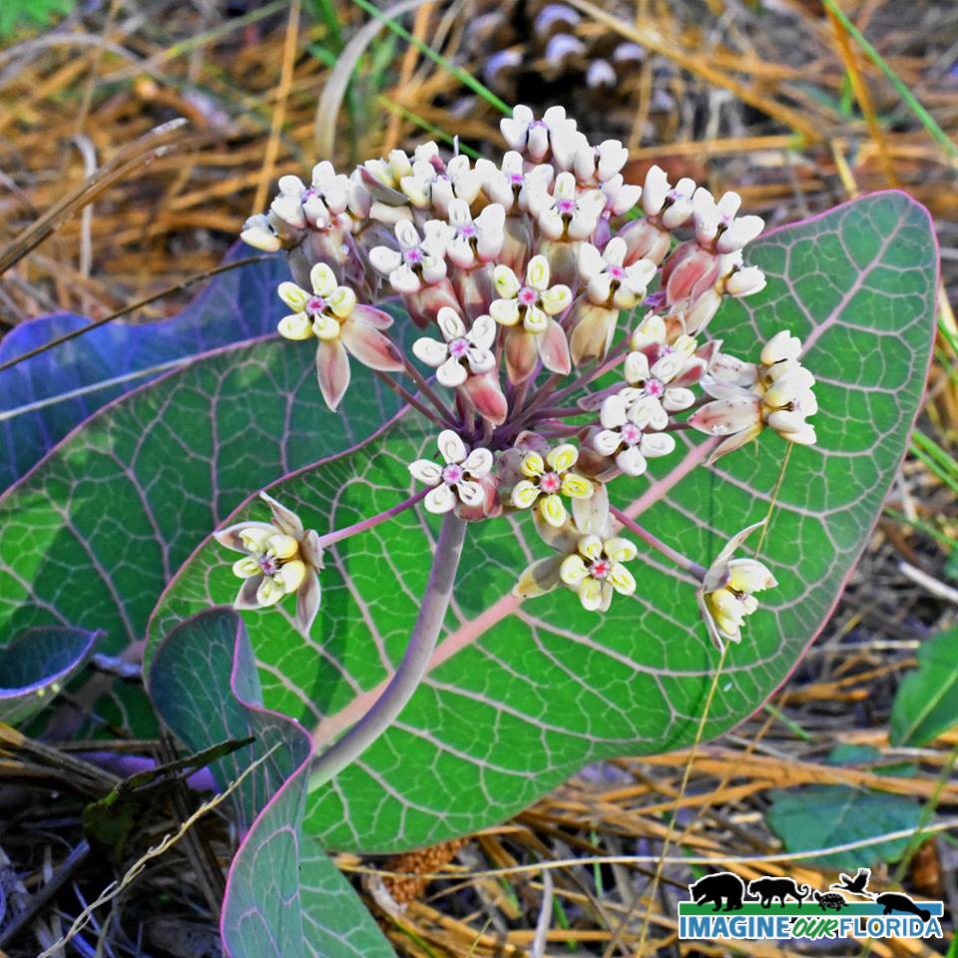
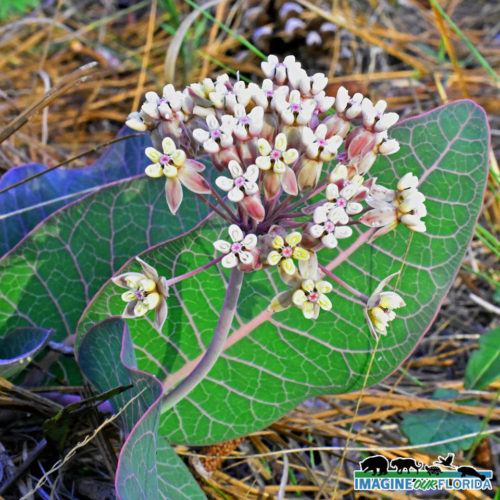
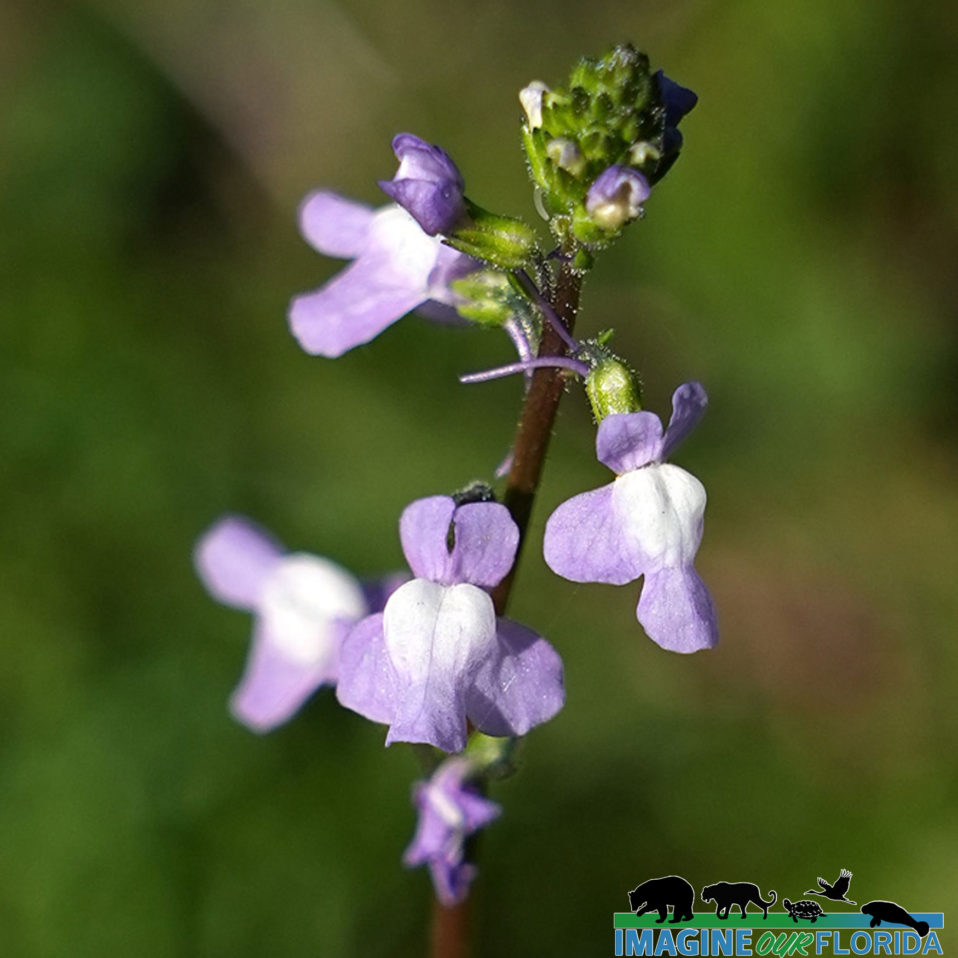
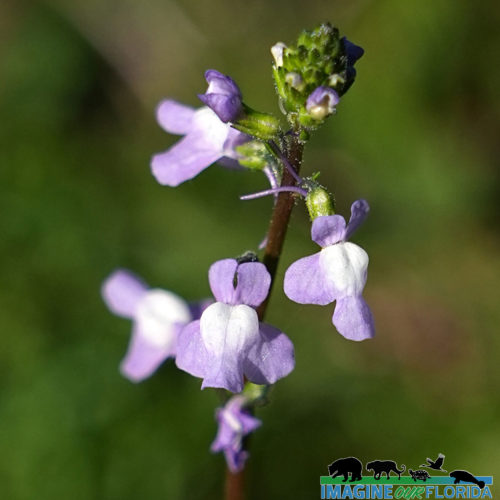
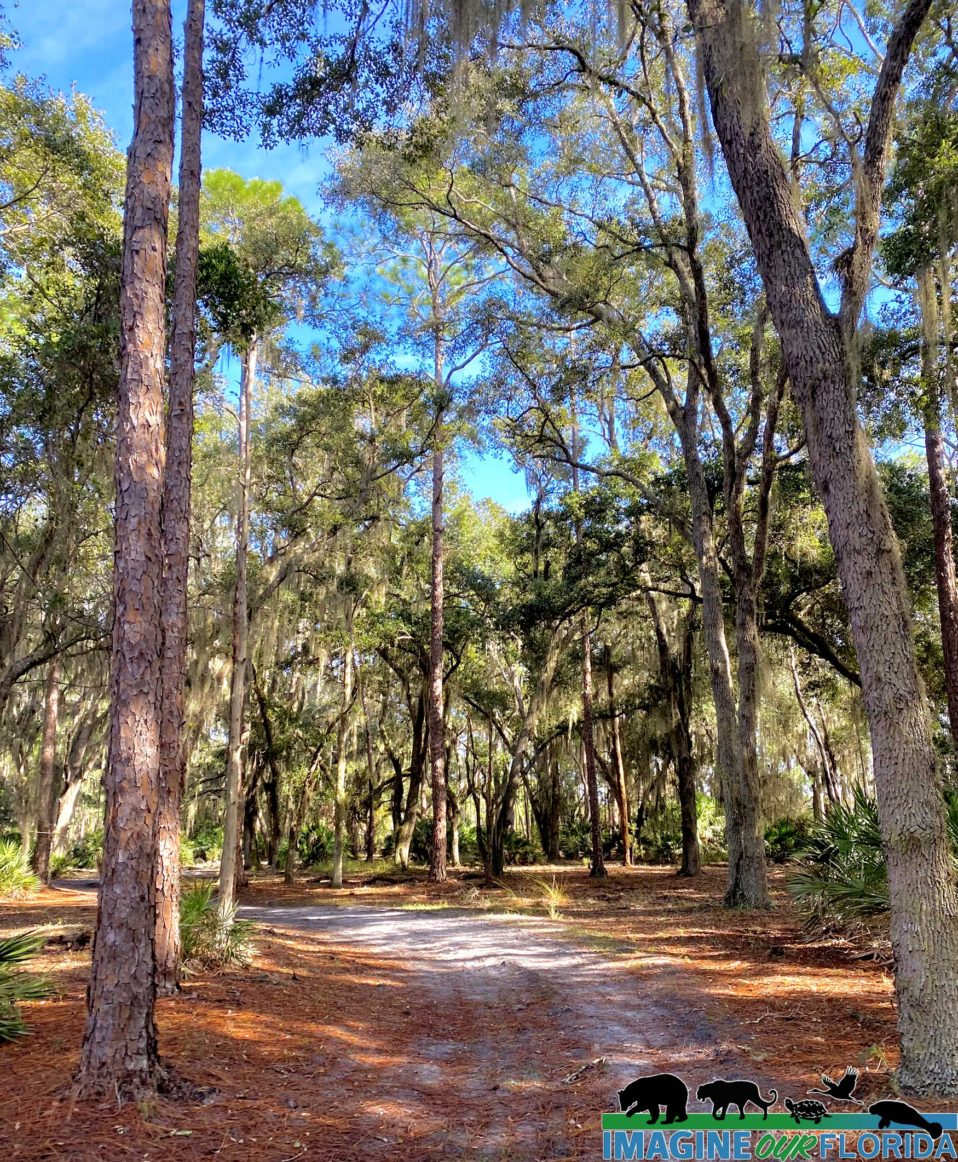
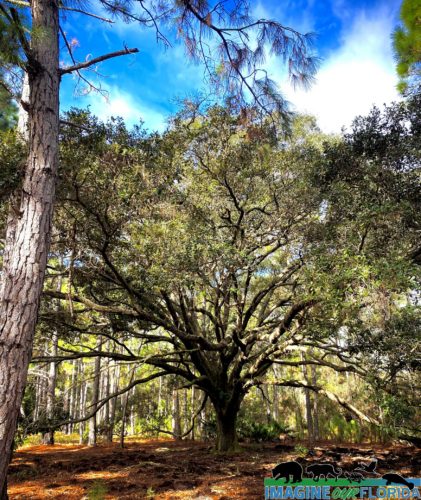
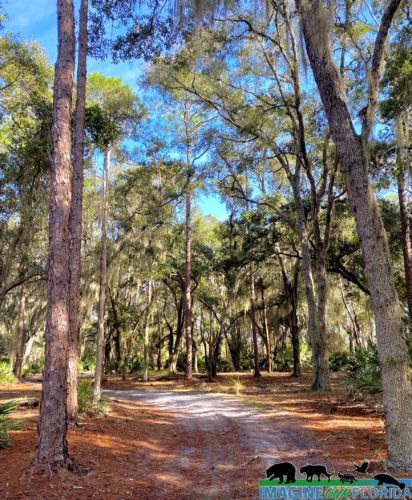
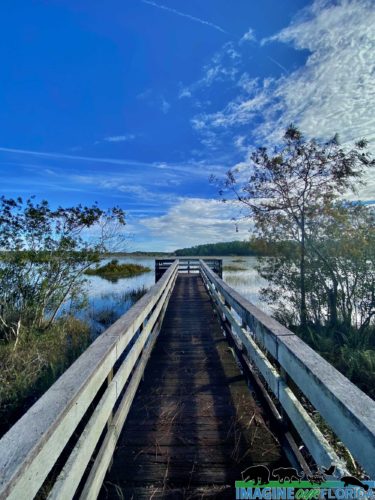
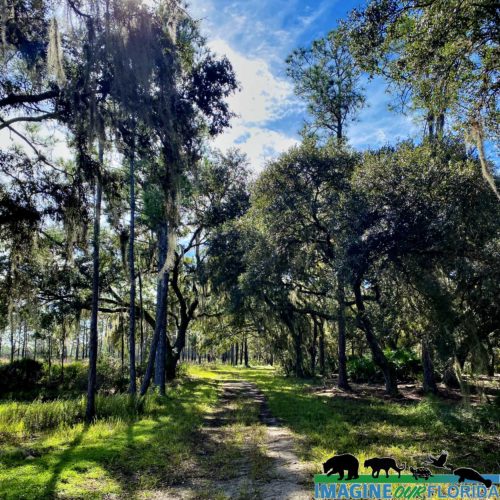
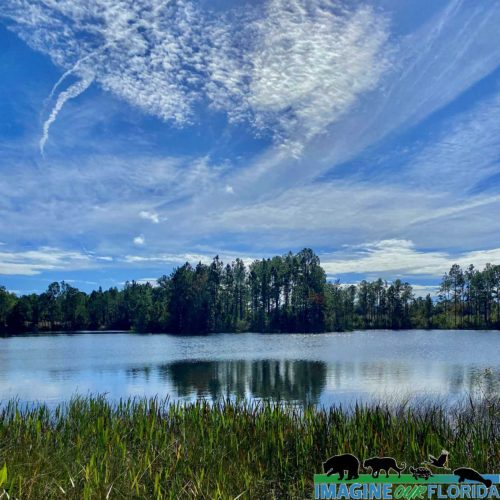
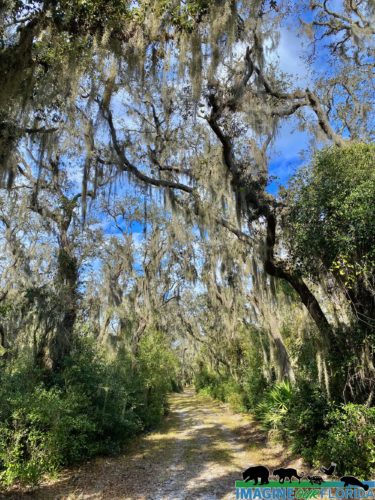
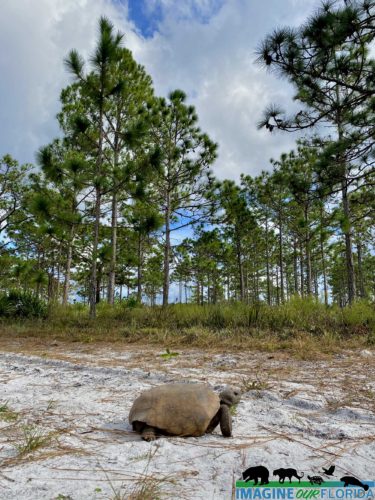
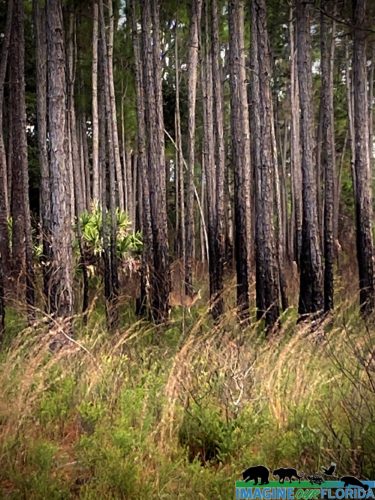 iof, imagineourflorida,
iof, imagineourflorida,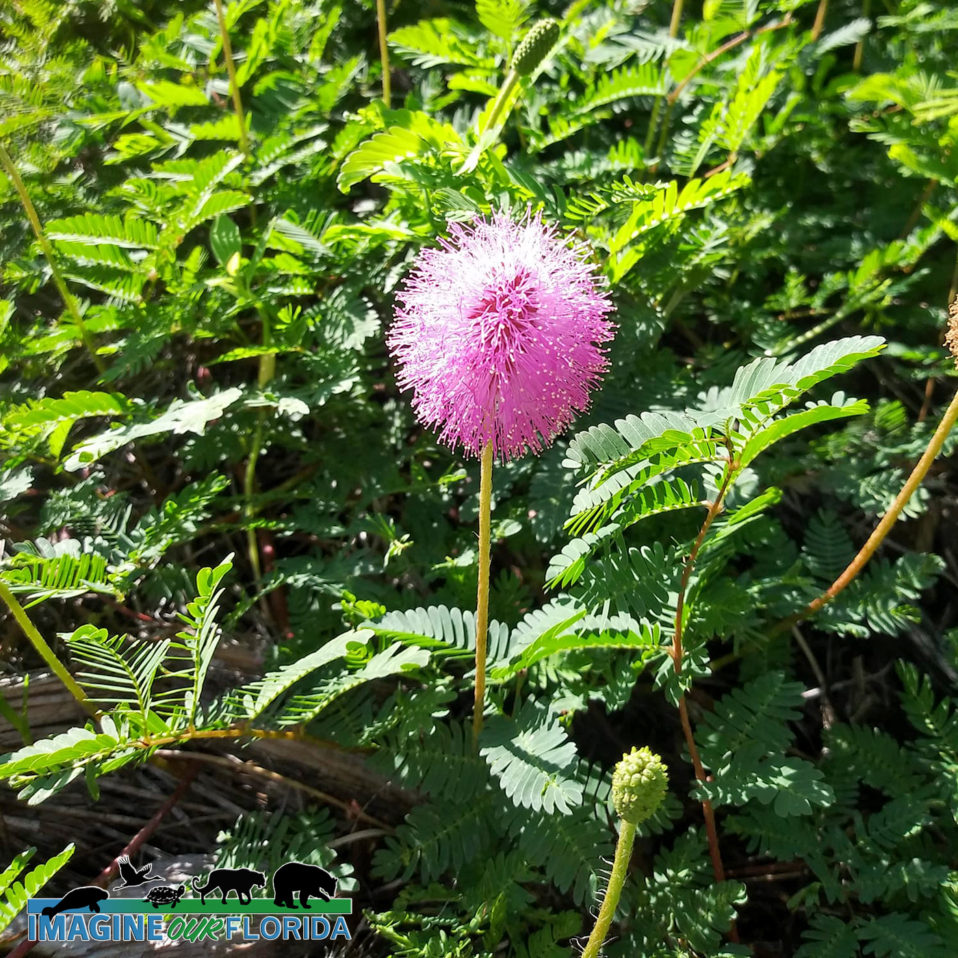
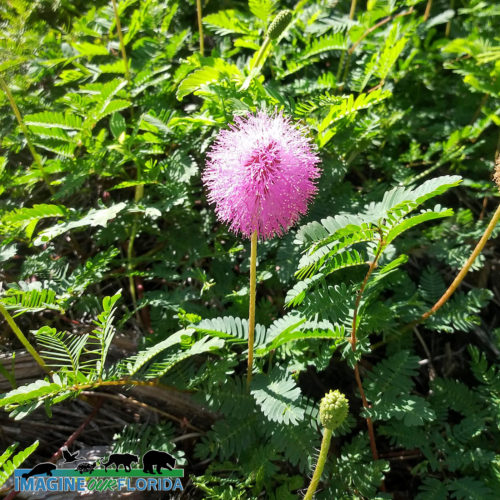
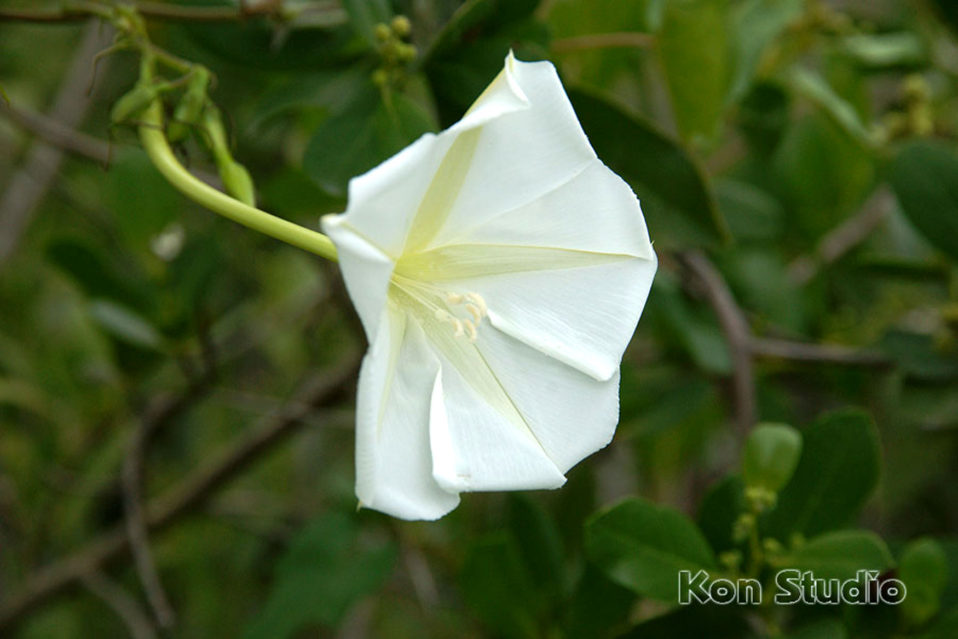
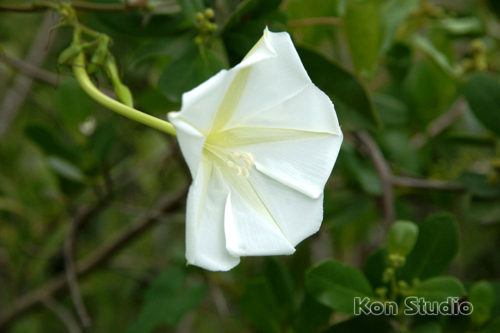
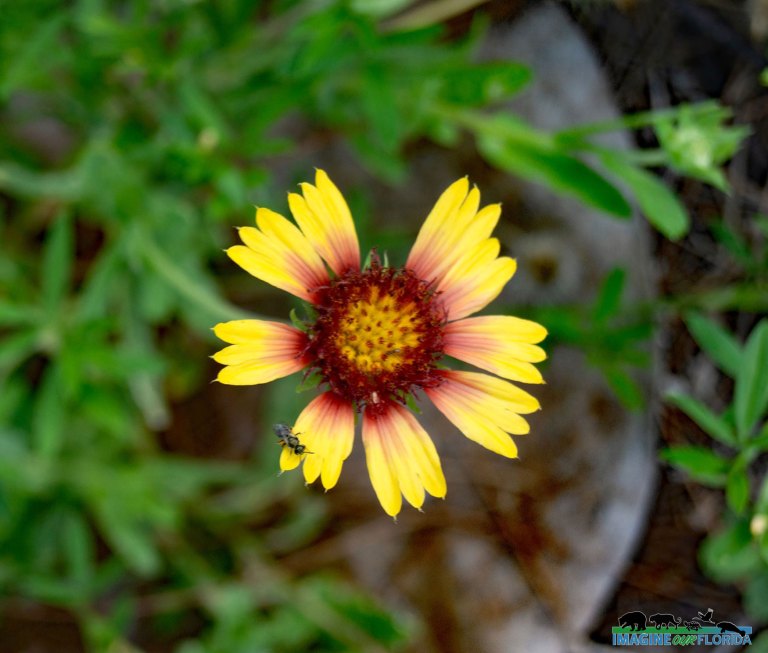
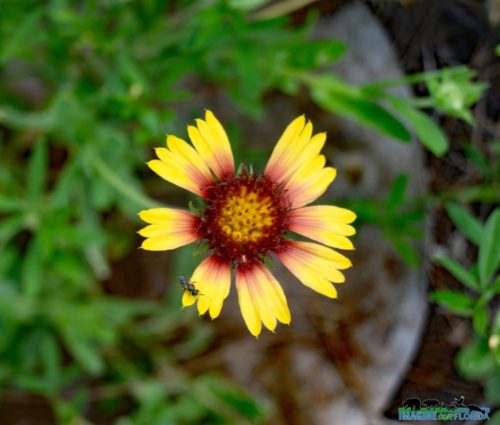
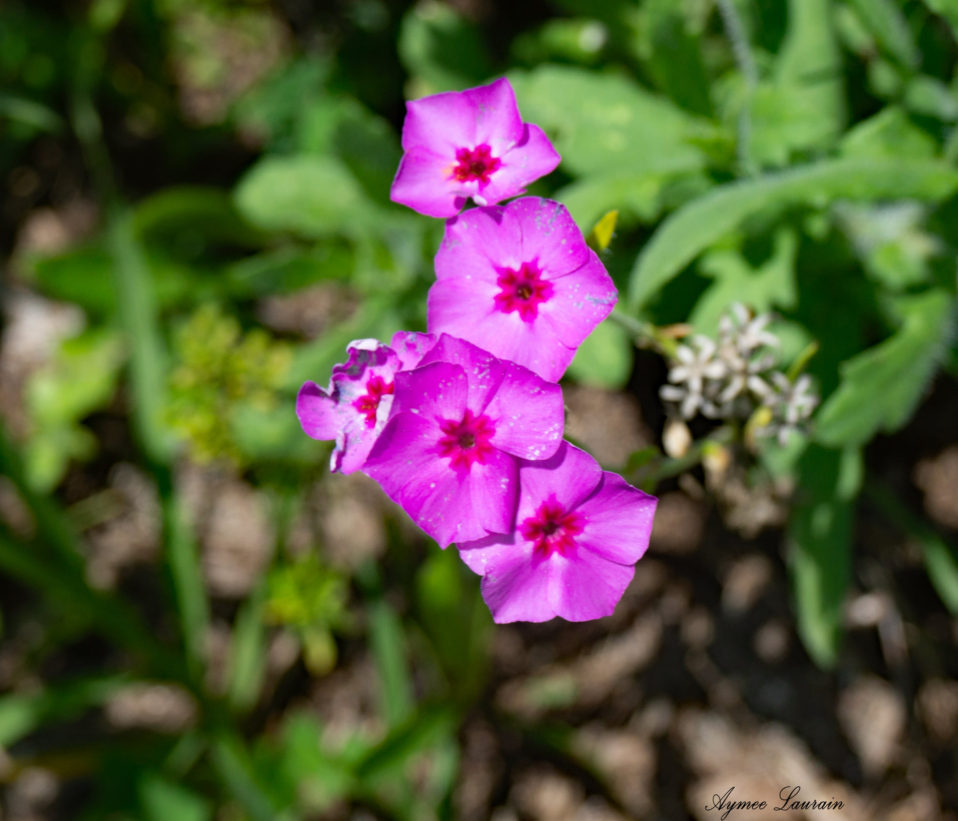
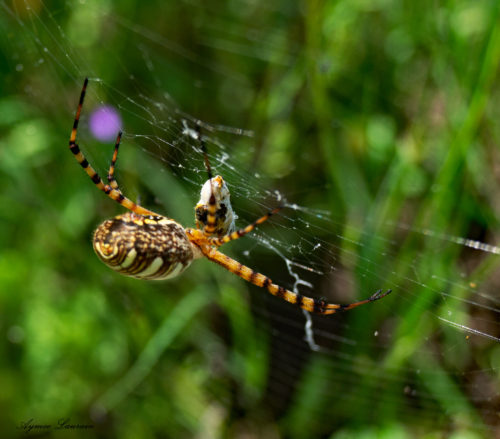
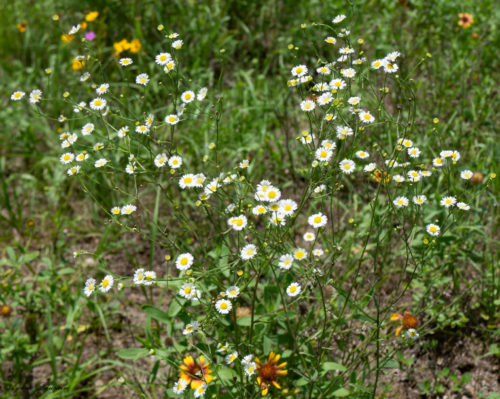
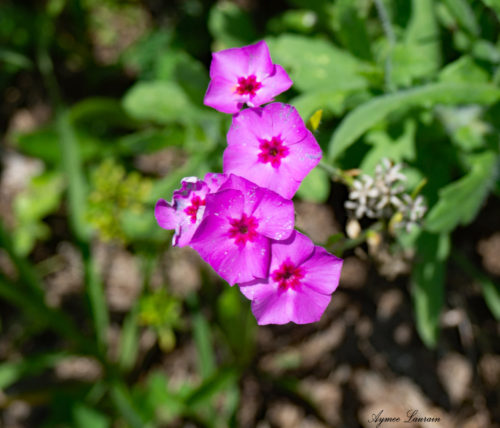
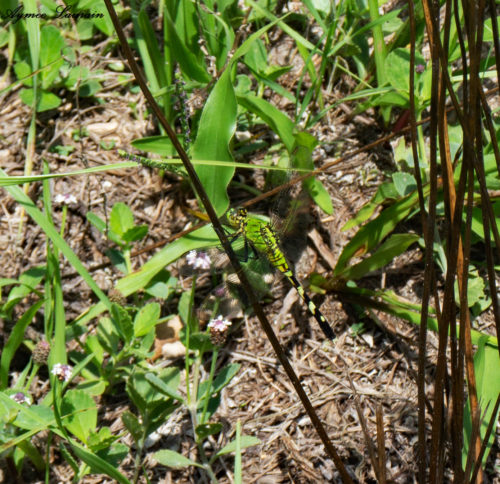
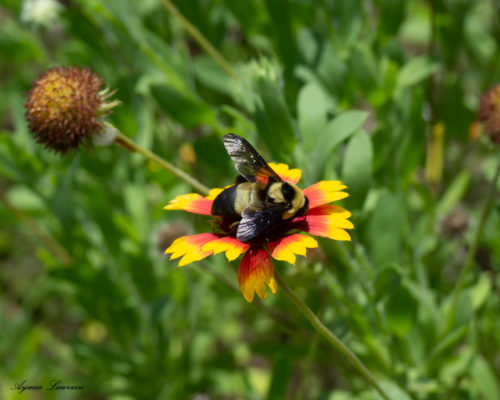
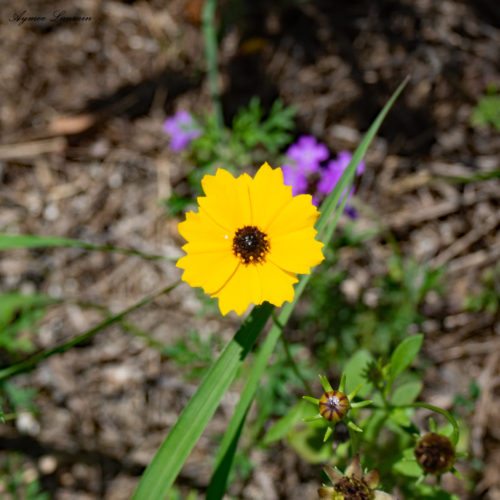
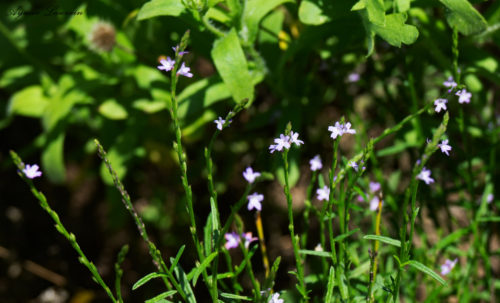
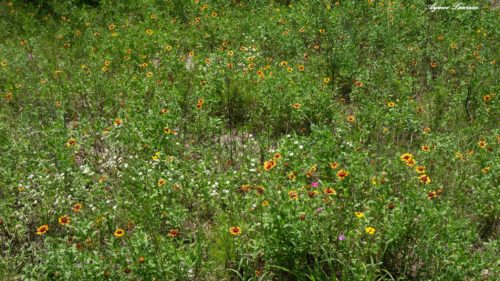
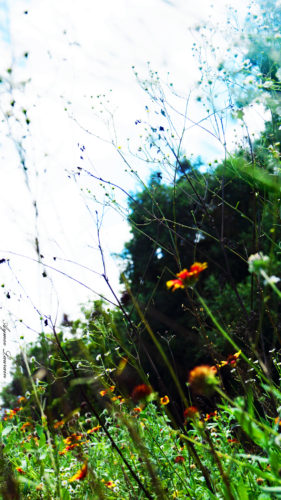
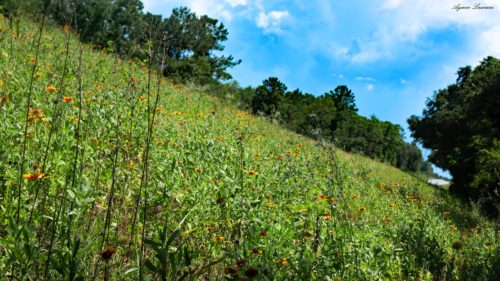
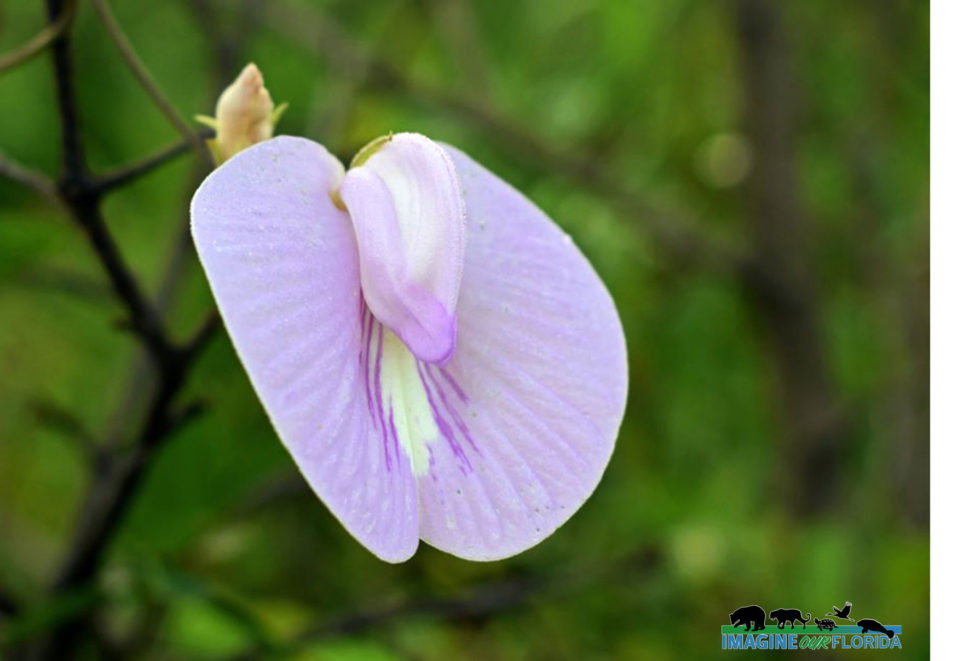
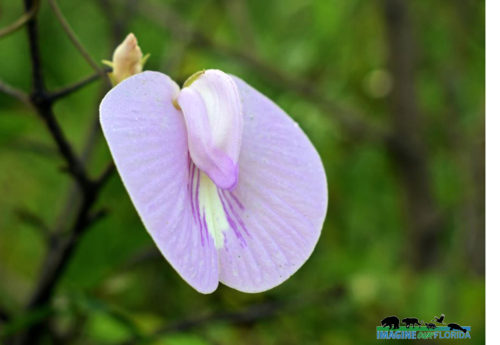
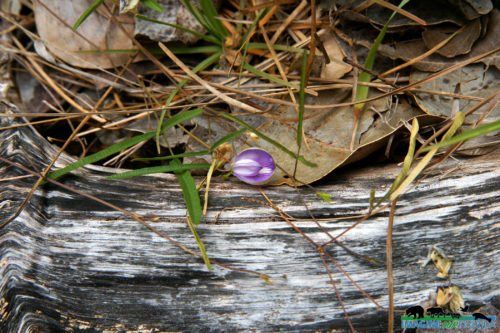
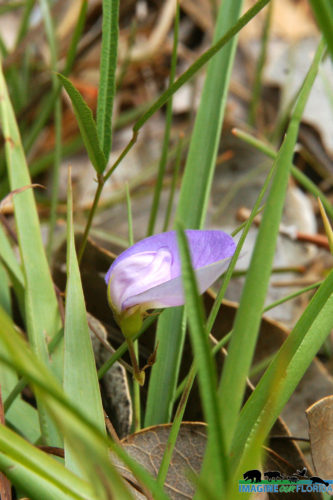
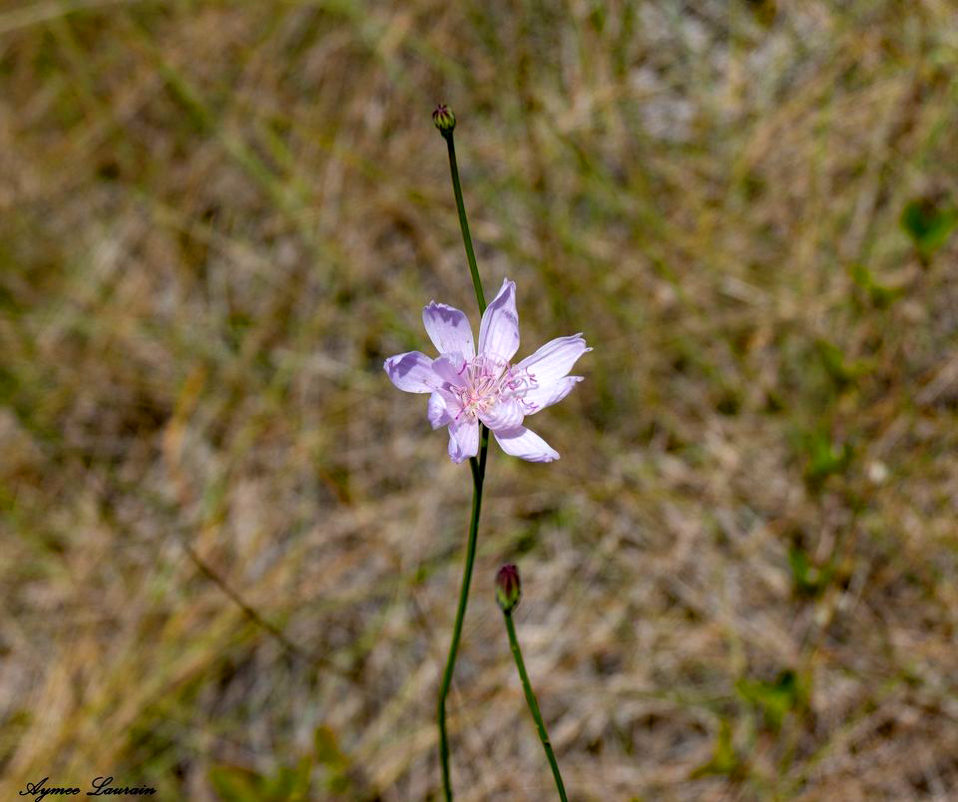
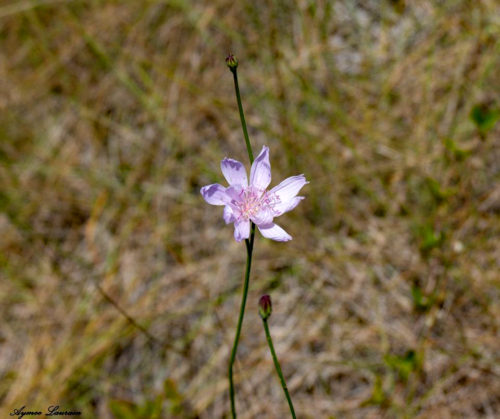
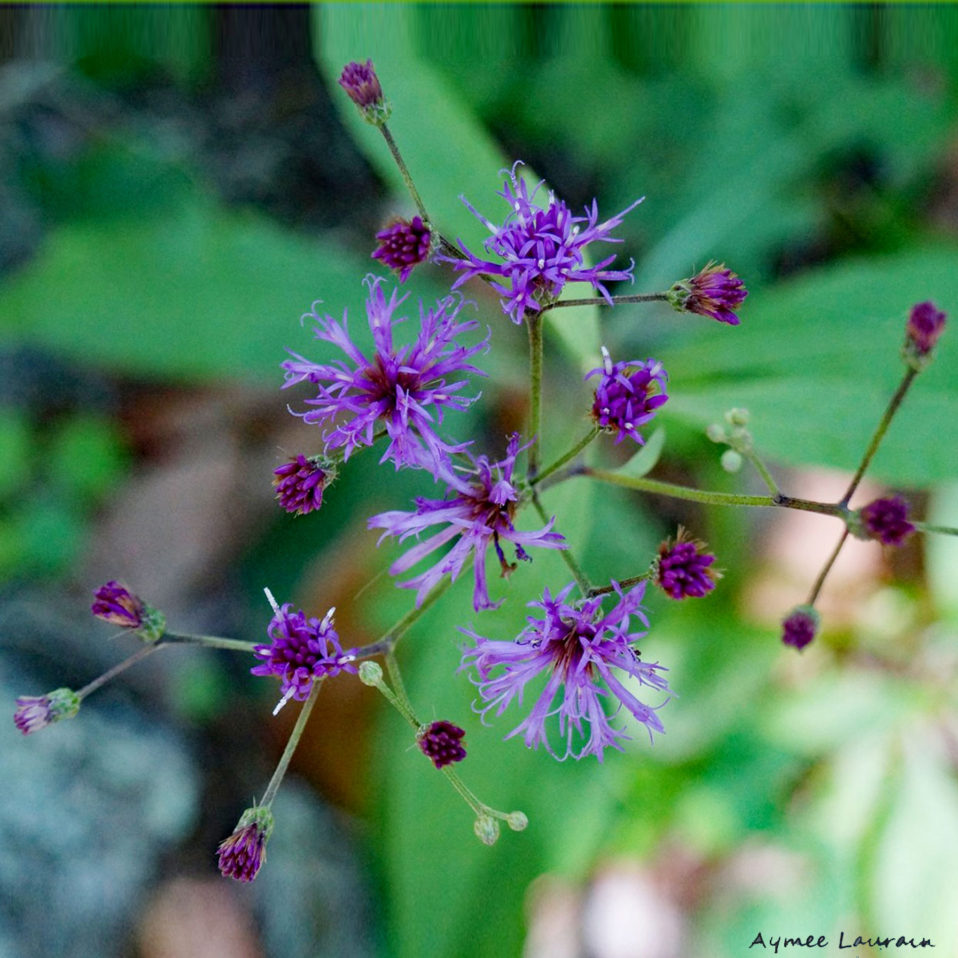
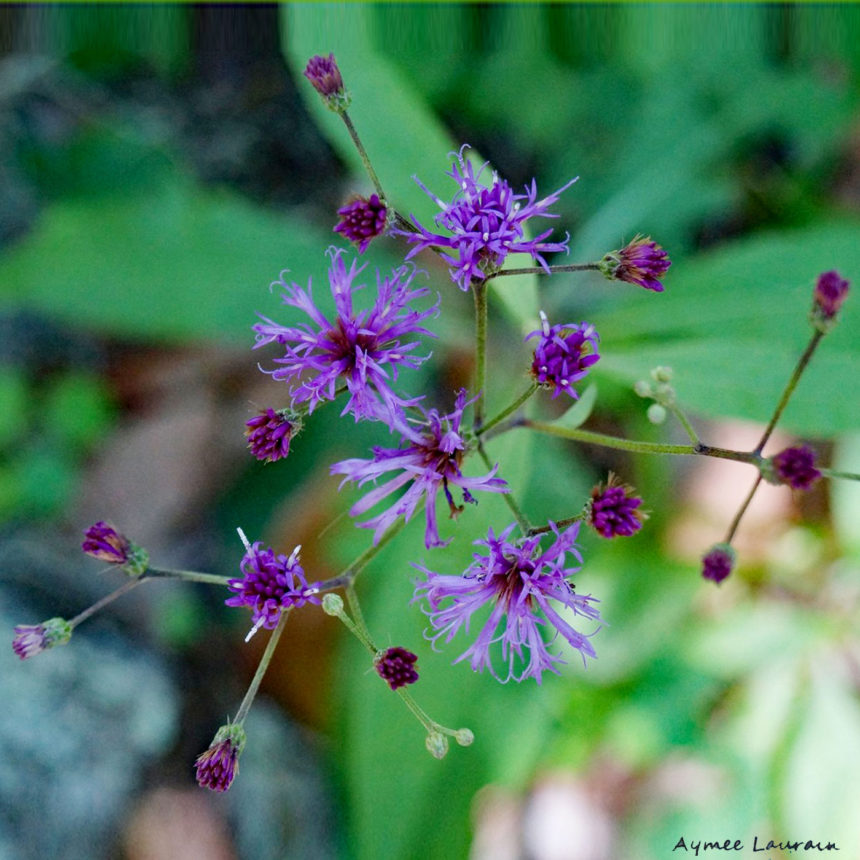
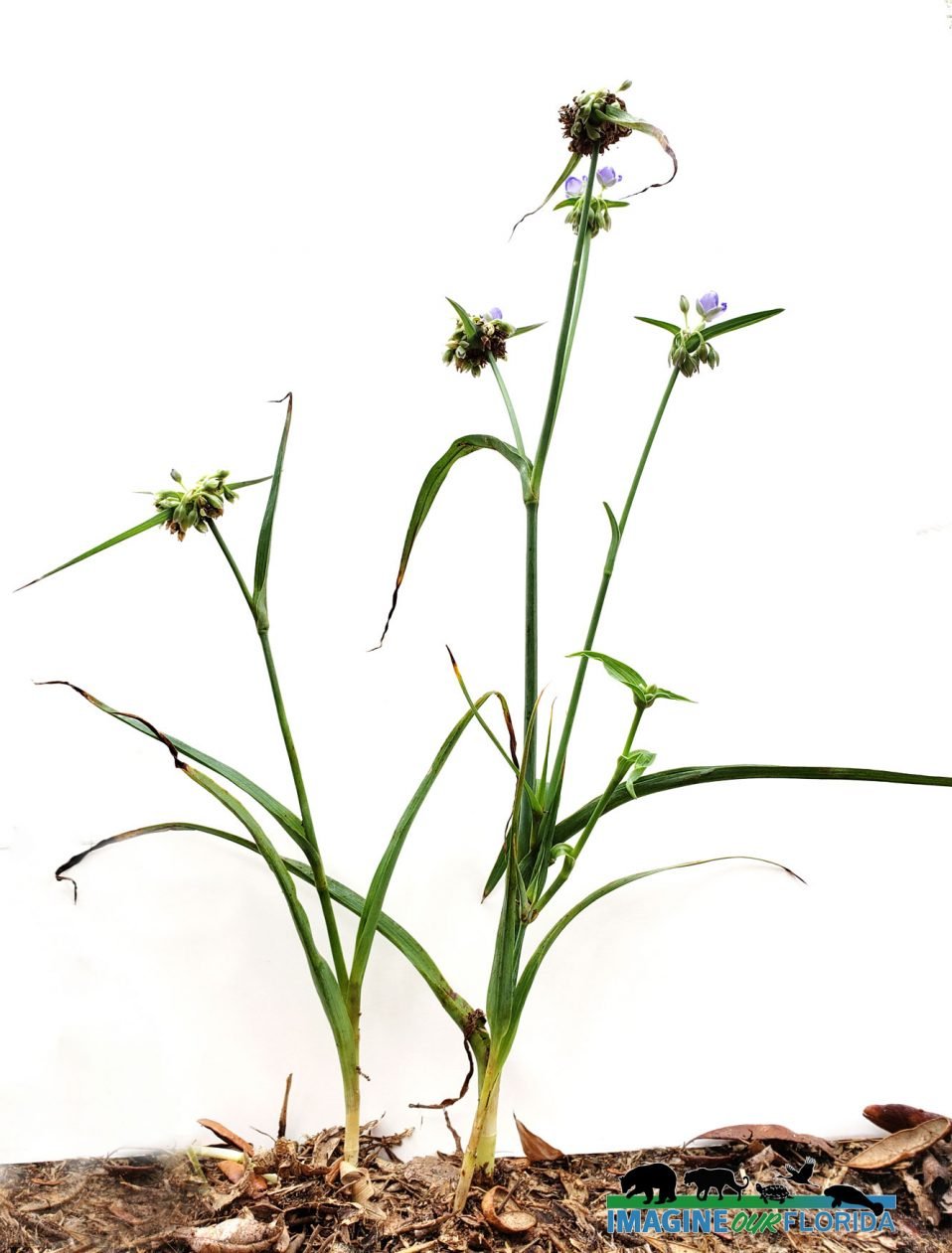
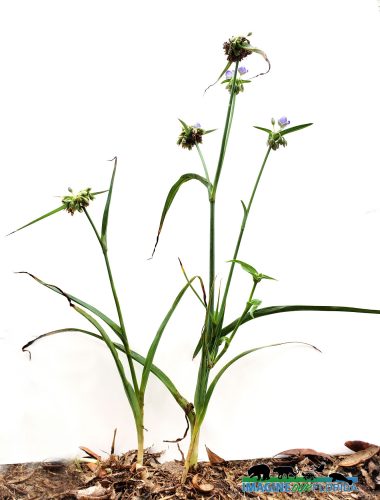
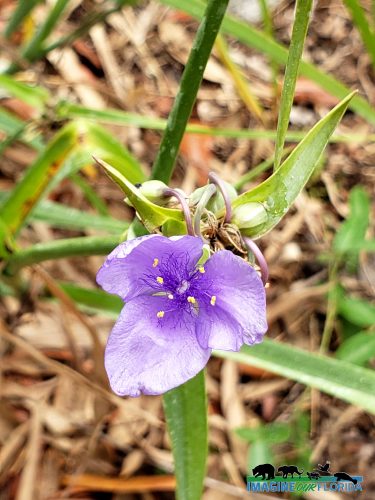
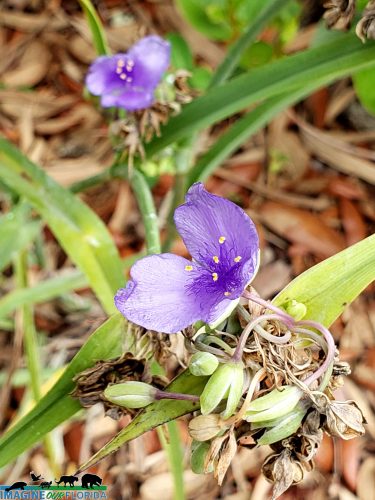
Recent Comments